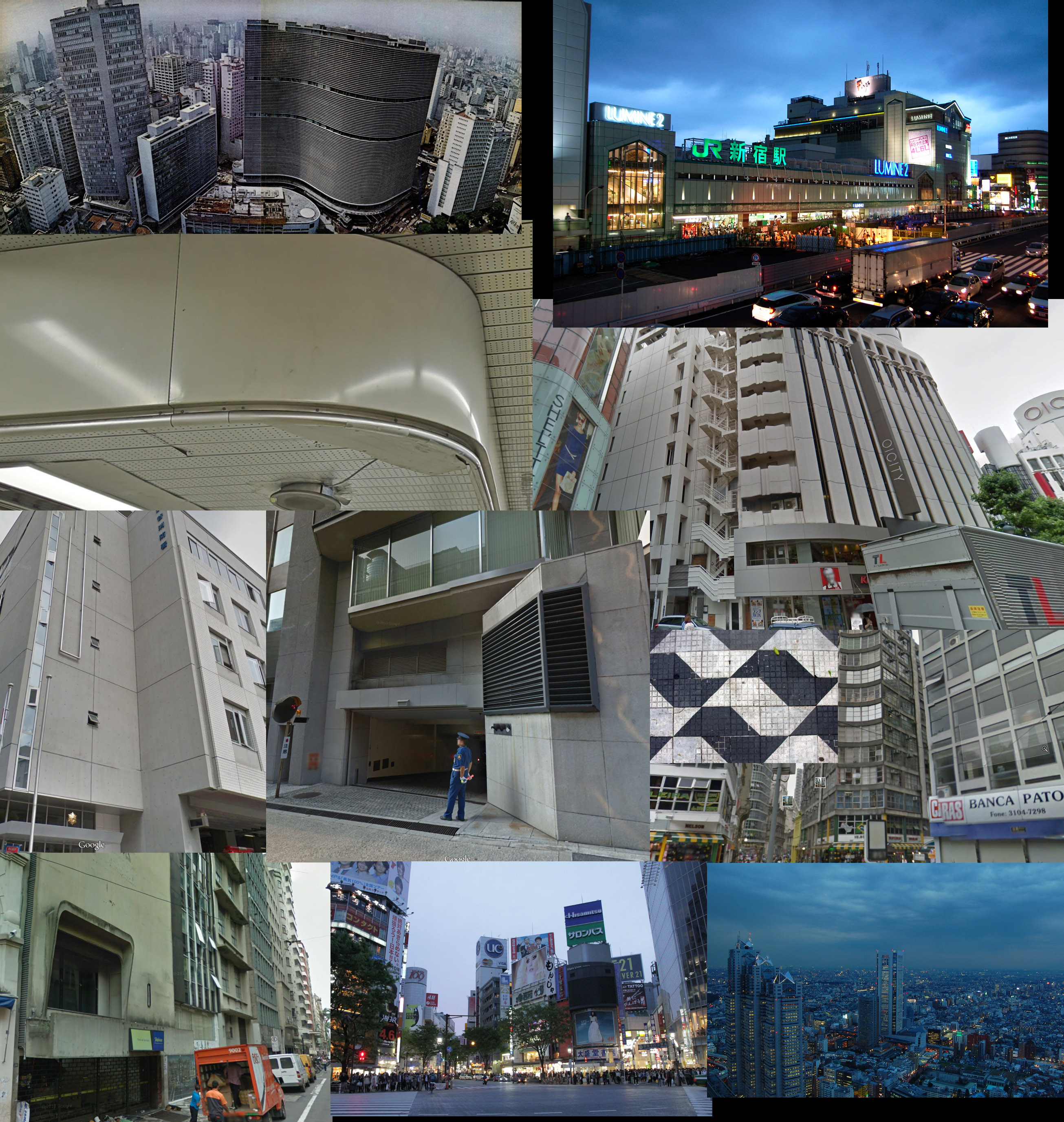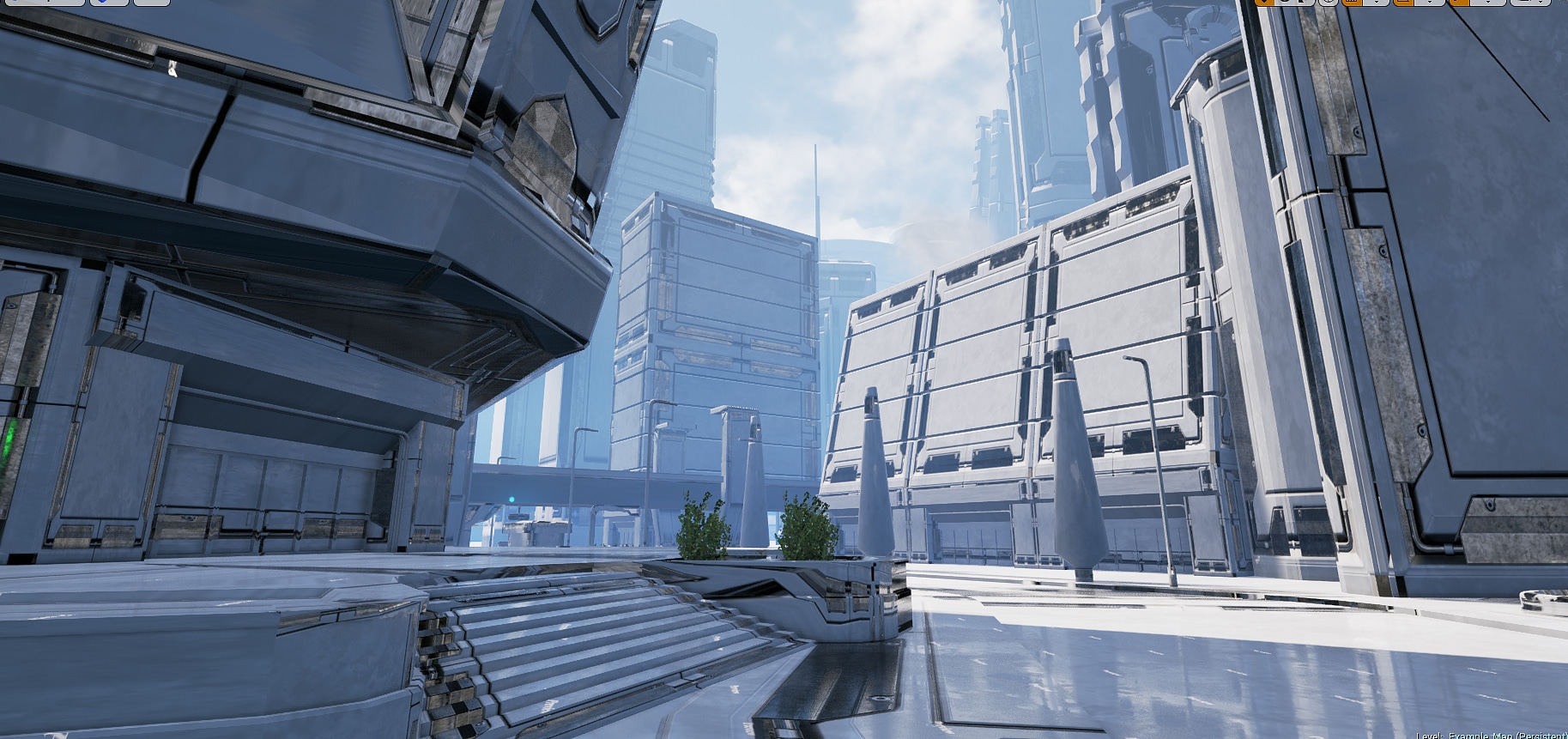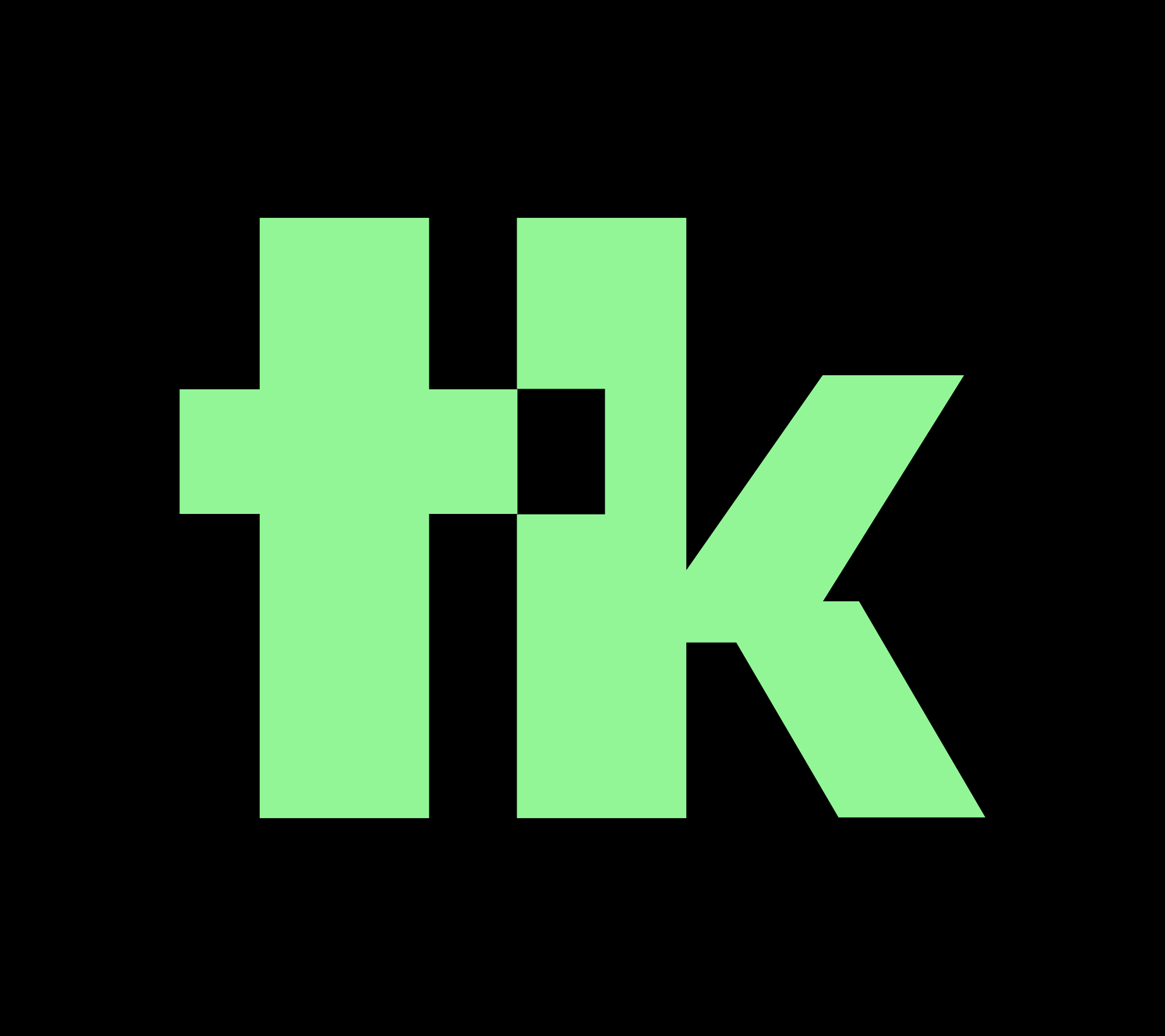For years, I struggled with a great difficulty: I couldn’t finish anything I started because at some point I realized that what I was making was getting too complex, and that crucial problems would be impossible to fix unless I redid large parts of my work. At moments like those, it was much easier to abandon the project and start a new one. For years I was stuck in that cycle, leaving countless unfinished maps collecting dust on my hard drive.
In this post, I’ll talk a bit about my personal process for starting a new map, a rough guide to avoid problems and making sure I can tackle complex projects in a manageable way.


Conception
The ancient hermetic texts, affirm that the universe is mental in nature. Everything that exists, or can exist, first exist in a mental form until it is materialized.
Starting from this principle, it’s crucial to spend a good time developing the projecting in your head first, before starting the actual visible work. Utilizing our capacity for imagination, it’s possible to predict many problems and correct them before they even exist. It’s possible to develop textures, shapes, colors, compositions etc… all in the mind.
In this phase, it’s important to take limitations into consideration, technical or personal. It’s hard to create a jungle if you never modeled a tree before, or your engine can’t support rendering large amounts of transparent materials. If your available time is short, it’s necessary to reduce the scope. With time and experience, we (hopefully) develop consciousness of our own limitations, and it becomes easier to pick our battles.
During this phase, I like to create a mood board or gallery with images that exemplify the look that I want to achieve. When I started Sampa I put this mood board together, containing several forms, materials and the general vibe that I had in mind:


How much time you want to spend on this phase is completely subjective. I personally prefer to spend quite a good amount of time, while other people only spend a few seconds. Experiment and discover what works best for you!
Some common traps to fall into during this phase is to overthink something, or not even executing the whole idea. It’s too comfortable to develop something in the mind, whereas it takes true effort to work on something. It’s necessary to find a balance where the bulk of the work is developed mentally but there’s also space for new ideas (that will inevitably appear during the process), and not to harden the process too much. The objective is to smoothen out the process, not to lock yourself in a box . Also remember that sometimes, what sounds amazing in the mind is actually a pretty bad idea when put into motion.
Blockout
These days, this is my favorite phase. It used to be the one I hated the most and always skipped.
During the blockout, the map starts to take shape. I avoid using too many textures, and if I use any art, it’s usually placeholders that I will replace later. Bring something too finished to a blockout and it starts to get hard to get creative! The goal is to keep things as changeable as possible. If you are detailing the buildings too much, it will be a pain in the ass to change them if you need, so stick to simple shapes.


I have two approaches for blocking out a level, and depending on what I what to achieve I choose one or the other:
- Making everything ultra clean and on the grid
- Taking a more rough approach, that sacrifices precision, but enables to cover large areas quicker
The first approach is what I usually use when I know exactly what I want to do, and the main one I use on Overwatch. When I just want to try an specific idea, or just want to practice, I take the rougher approach.
An important tip when building a clean blockout, is to utilize standards. It will be much easier to use modular pieces if all your buildings share the same general proportions. Ex: If most of your buildings are 4, 8, 12 or 16 meters wide, it doesn’t make sense to have a few that area 5, 7 or even broken numbers like 4,5, etc… It’s also important to standardize doors, windows, walls, cover pieces etc… so you can easily reuse assets. If you have doors that open, it doesn’t make sense that the door ways would have different sizes (unless they are different types of doors of course).
In general it’s better to have less in the blockout, than more.

A blockout of a sci-fi city made in Unreal 4. The models were modeled in Maya, and I just applied one of the generic materials included with Unreal for visualization purposes.
Work on the whole map at once, or finalize each area individually?
I don’t believe there is a right or a wrong way, but personally I prefer to work on the whole map at the same time, jumping from area to another. Sometimes I block out my work in “days”. I scope my task at hand so I can start and finish it on the same day. For example, I can choose to block out an entire area in one day. This is usually an aggressive goal, but because it’s so aggressive it forces me to keep everything simple and to move on, instead of spending too much time on one thing. This mindset can be used for everything, like, making a texture, finalizing one building, or decorating an entire area or room.
Sometimes, however, I finalize one area first so I can have some texturas and modular pieces that I can use to build other areas. Sometimes something is not too clear in my mind and I need to spend a bit more time before moving on. I generally avoid having an area that’s too finalized, while other areas are mere flat faces. It’s very uncomfortable for me to work that way.
I have a personal mantra that I always get back to when I feel a bit lost: Trust the process! After making so many maps, I have the confidence to know that, by following this process, I will achieve a good result in the end. I know that, if the architecture in one area is not the prettiest, the same area can easily be embellished by clever set dressing, lighting, effects and general polish. It’s easier to hide some seams with decals when everything is in place, than spending time making unique pieces to avoid them.
Finalizing
With a solid foundation, finalizing a map is a pleasure. It’s much easier to focus on what really matter, and to reuse and simplify parts to save time.
What process do you follow when you start a new project? Have you ever had cases that you abandoned a project because it was too complex? Leave a comment and tell me your experience!
If you like this post and would like to be notified any time I publish a new one, leave a comment or register a new account!

